ACTIVITIES
ARTEMIS
The Artemis Program refers to the totality of the programs under the U.S.-led international collaboration to achieve sustained lunar exploration through crewed landings and extended stays on the Moon.
It consists of programs such as SLS (Space Launch System), Orion, HLS (Human Landing System), Gateway, CLPS (Commercial Lunar Payload Service), and so on. These programs also aims to demonstrate technologies leading to future human exploration of Mars.
In October 2020, Japan signed the Artemis Accords which represents a common understanding among countries on various principles for space exploration and utilization with the Artemis Program in mind, as one of the first eight signatory countries (currently more than 30 signatories).
Specifically, JAXA will provide habitation technologies for Gateway modules and will be responsible for resupplying the Gateway, leveraging the human space stay and supply technologies accumulated through participation in the ISS program.
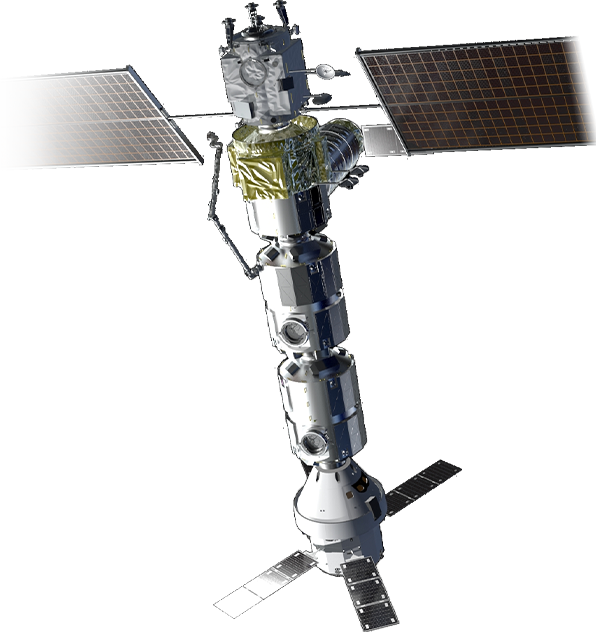
JAXA's SPACE EXPLORATION ROADMAP
JAXA will contribute to sustainable exploration activities on the Moon utilizing technologies and knowledge cultivated through participation in the ISS program and space science missions to the fullest extent.
As for Gateway , JAXA is developing technologies to contribute to fields where Japan has strengths (human space stay technology and resupply technology). As for lunar surface activities, the Smart Lander for Investigating the Moon (SLIM) demonstrated high-precision landing on the Moon utilizing data obtained by KAGUYA. The Lunar Polar Exploration Mission (LUPEX), aiming to investigate the abundance of water resources in the lunar polar region, is under development with a launch targeted in JFY2025.
Beyond that, we envision conducting a sample return missions from the Moon and human activities on the Moon, in order to achieve a full-scale exploration and utilization of the lunar surface.
In addition, Martian Moons eXploration (MMX), aiming to return samples from one of the Martian moons Phobos, is under development with a target launch date in JFY2026.
Under international cooperation, these activities will contribute to the acquisition of scientific results and the expansion of human activity in space.
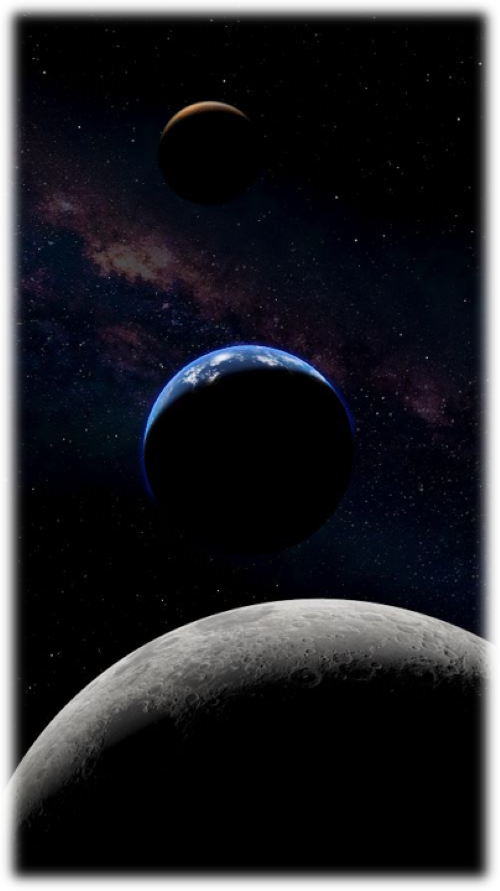
PLAN OVERVIEW
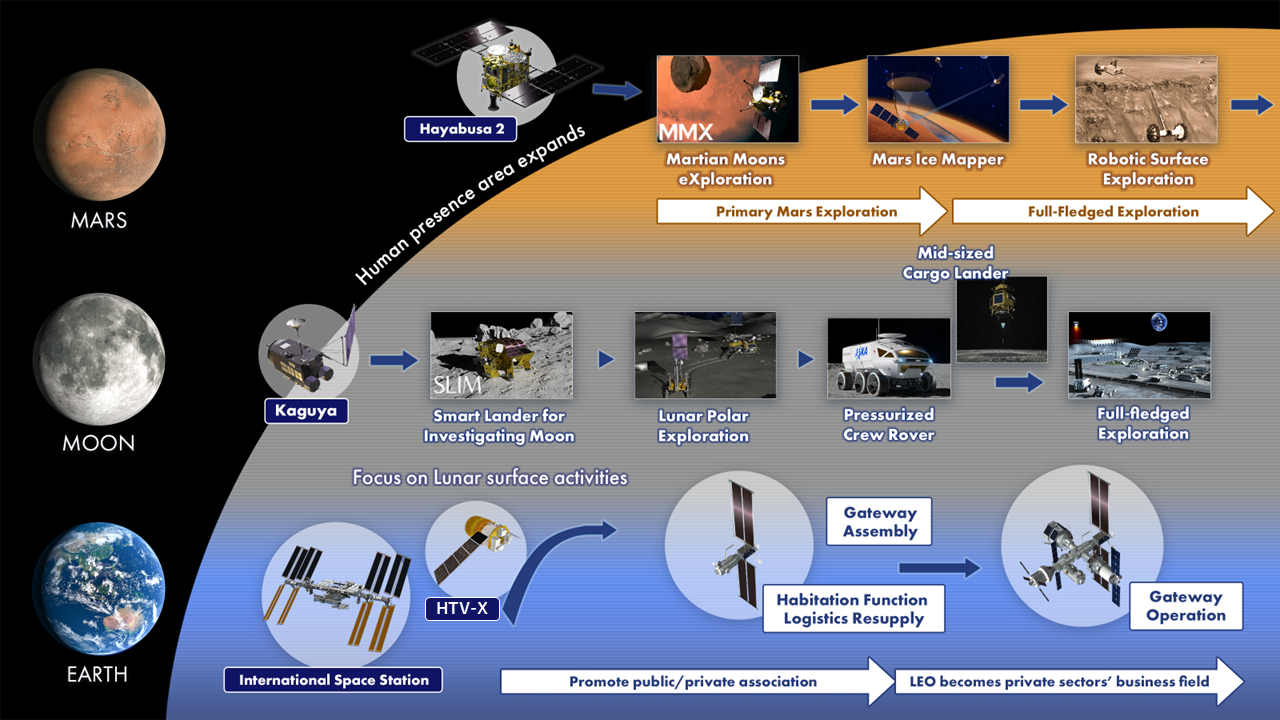
ISECG
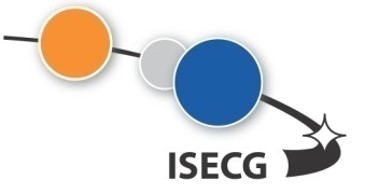
ISECG (International Space Exploration Coordination Group) is a framework for discussing how international cooperation in the field of space exploration should be promoted, with the participation of 27 space agencies around the world, including JAXA.
- ISECG Webpage : https://www.globalspaceexploration.org/
See news about ISECG:
COOPERATION WITH
PRIVATE SECTOR
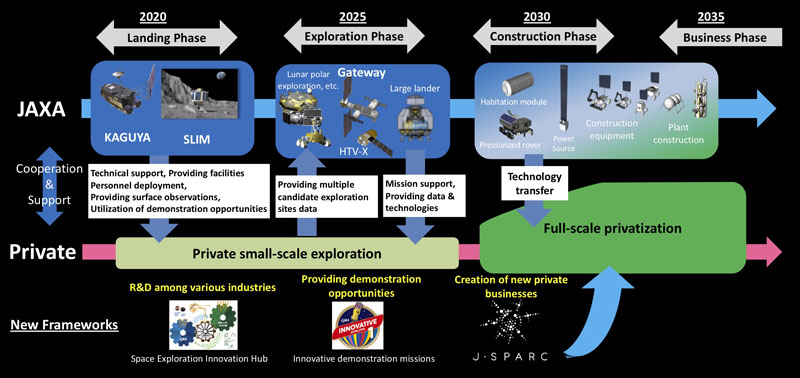
JAXA promotes collaboration with enterprises for sustainable lunar exploration. We also promote collaborations outside of space exploration by utilizing our Space Exploration Innovation Hub, which aims to encourage research and development among different types of businesses, and J-SPARC, which aims to create new private businesses.
COOPERATION WITH
SCIENTIFIC EXPLORATION
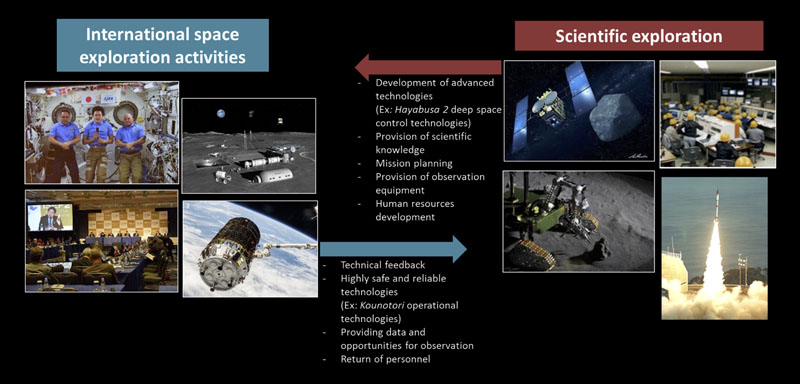
Cooperation with academia is a key to promoting international space exploration while utilizing knowledge and expertise gained through previous exploration activities. In this way, JAXA will continue to promote future space science.
